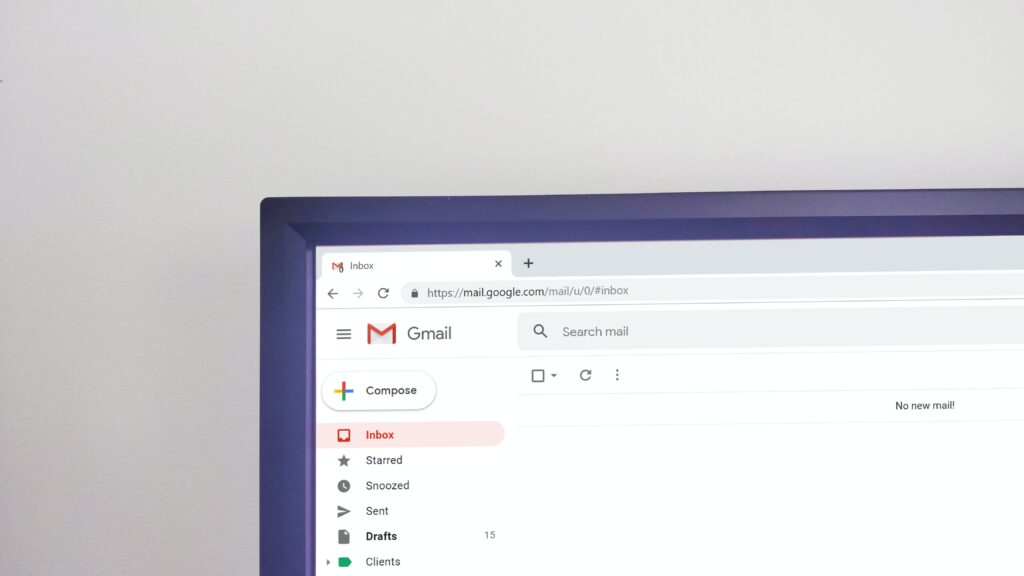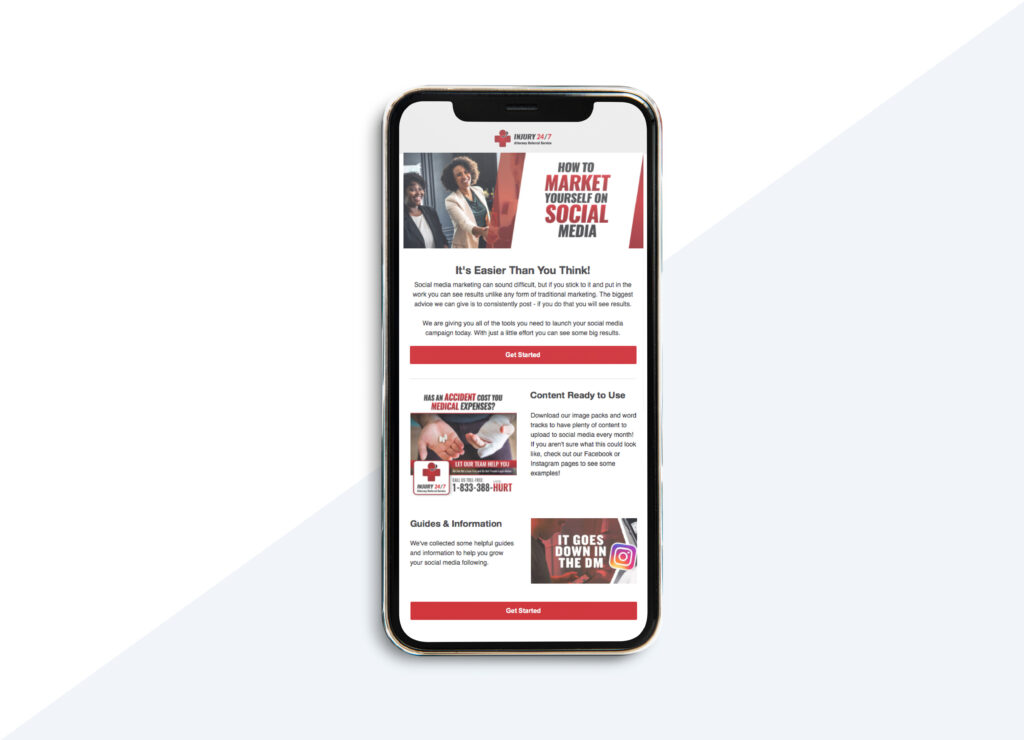Email marketing is, by definition, the practice of marketing to people via email. A company sends an email marketing campaign to promote products and services to develop relationships with potential clients and customers. Think of an email marketing campaign as being the modern digital version of direct mail marketing.
What Is Email Marketing?
Whenever a company sends an email to someone, outside of customer service replies and to confirm orders, this could be considered email marketing. Email marketing falls under the umbrella of internet marketing, which covers the whole of online marketing through websites, social media, blogs, email, and more.
Email marketing includes things such as newsletters about the company and promoting exclusive deals and sales for subscribers. Marketing emails deliver a message to customers on behalf of the company too, such as issuing a statement following natural disasters and company scandals. One part of email marketing during COVID is to use emails to share how your company is keeping staff and customers safe.
Think of an email marketing campaign as being the modern digital version of direct mail marketing.
The Pros of Email Marketing
There are many benefits to email marketing. For a start, 94% of people who use the internet use email. Marketing via email gives you the chance to connect to people who aren’t on social media.
One survey showed that 75% of adults said that email marketing was their preferred method of being marketed to.
Another benefit of email marketing is how easy it is to track ROI. You can use email marketing software to track the success of your email marketing plan at all times. See how many people are opening your emails, accessing your site, and so much more.
The ROI for email marketing is also generally high because it doesn’t cost a lot of money to implement an email marketing plan like it would with other kinds of advertising. Your emails are already targeted to your ideal customer because you are sending them to people who have expressed an interest in receiving them.
Email marketing can be used alongside other forms of marketing, such as TV and social media marketing, but it has some unique advantages all it’s own.

How to Create an Email Marketing Plan
Outline Your Goals
The first and most important thing to do is outline your goals for the campaign. What do you want to get out of it? Do you need more leads? Do you want people to sign up for specific events? Giving any kind of marketing campaign, an overall goal is the key to success.
Create a List of Contacts
You need to have a list of contacts you can reach out to. Sending unsolicited emails will only turn people off and drive them away. Whether you get email addresses through your website, store, or event, make sure that customers know what they are getting into.
Existing customers are a great place to start collecting emails. You can also collect leads with lead magnets. Lead magnets provide an incentive to customers to provide contact information. This could be a downloadable resource, free shipping, or a discount. Another avenue you can pursue is using an email marketing service. There are plenty of services out there to help you put together the perfect email list.
75% of adults said that email marketing was their preferred method of being marketed to.
Figure Out Your Purpose
What is the purpose of the email? Are you creating a newsletter with information for customers? Are you telling them about an upcoming (or ongoing) sale? Figuring out your purpose helps with creating engaging emails. This purpose should fit into the overall goal of the campaign. This motive can affect how it should be written, so work out what you want to use the email for and then craft a message for that purpose.
Segment Your List Into Groups that Make Sense
Your email list could end up encompassing a diverse group of people. It would help if you considered segmenting the list up into different groups. Assign people to different groups based on things that make sense, such as their demographics or past activities. Have a separate group for people who have bought something in the past and people who haven’t, for example. Email marketing works best when targeted towards the right people, just like any other kind of marketing. Make it easier to send the right message to the right people by grouping your list together.

Create and Design the Email
There are several things to keep in mind when creating engaging emails. You should personalize the email by including the name of the recipient and addressing them directly. Knowing that you took the time to include their name resonates well with people. Nobody wants to receive a generic marketing email sent to everyone. People like to see a bit of personalization. If you can personalize it further, then that’s even better. Find ways to connect the email to the reader.
Consider the email marketing design as well. Try to use engaging photos and media to create the perfect email and leave a lasting impression on readers. The way the email is formatted is essential too. Don’t bombard the reader with text. Instead, keep everything segmented with clearly defined headings to break up the text.
The email marketing design should be as on-brand as possible. People should be able to look at the email and know that it came from you. Include the logo of your company at the very least.
Don’t forget to keep the email mobile-friendly. Two-thirds of emails are opened on mobile devices. Last but not least, don’t forget to include the call to action at the end. Make sure readers know what action you want them to take. People will be more compelled to take action if you ask them to; otherwise, they might not even know what you expect them to do.
Test the Email
It’s time to test the email before sending it out to the general public. Send a copy of the email to yourself and other people on your team. Check the email on a range of devices, browsers, and mobile clients. This will give you a good idea of how the email looks and behaves on different devices. Tweak things a little if you have to. Testing is an important part of any marketing campaign, after all.
Send the Emails
After testing the emails and verifying they work as intended, you can start sending them out to your email marketing lists. One thing to keep in mind at this stage is that you should follow a schedule that makes sense. Don’t send too many emails in a short space of time. You don’t want people to think that you are spamming them. On the other hand, waiting too long between messages could mean customers forget you and are no longer engaged. Try and find the sweet spot for your audience.

Review Your Analytics
Keep an eye on the analytics for your emails to measure how successful they are. One benefit of using email marketing is that you can track just about everything you could want to know about them. Look over your results and make any changes that you think are necessary based on performance. If not enough people are clicking on the call-to-action, for example, then you need to make it more enticing. If people aren’t even opening the email in the first place, then you may need to rethink when you send them and create a more engaging subject heading.
Get Help With Your Email Marketing Campaign
As you can see, there’s a lot that goes into creating an effective email marketing plan. The good news is that you don’t have to take care of it yourself. We would be more than happy to help you put together the perfect plan for your business. With our years of experience in the industry, we know what it takes to create email marketing lists, engaging emails, and the ultimate email marketing campaign. Get in touch today to learn how we can help you succeed with email marketing.

